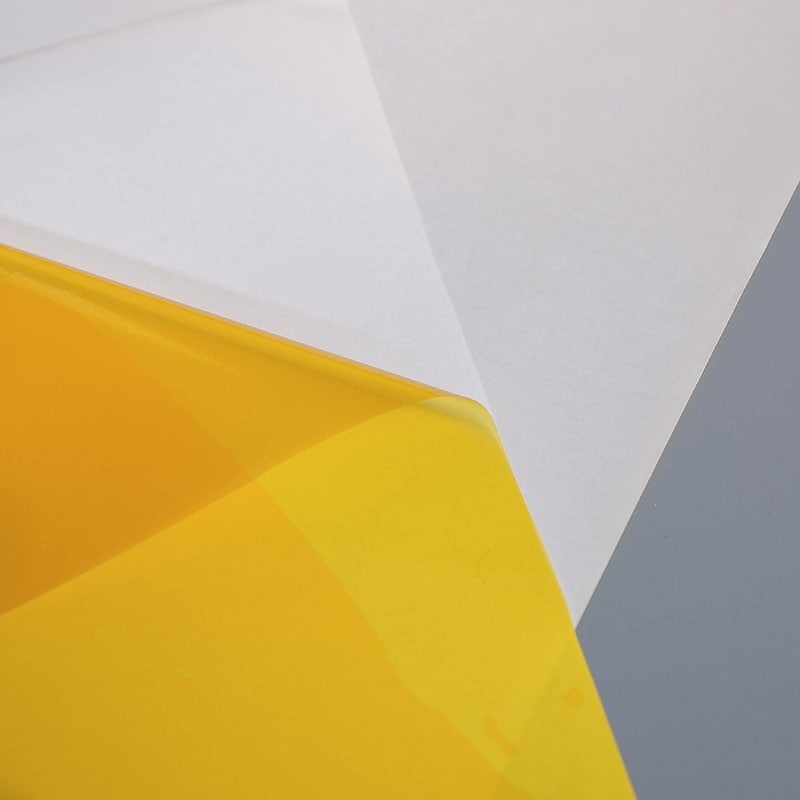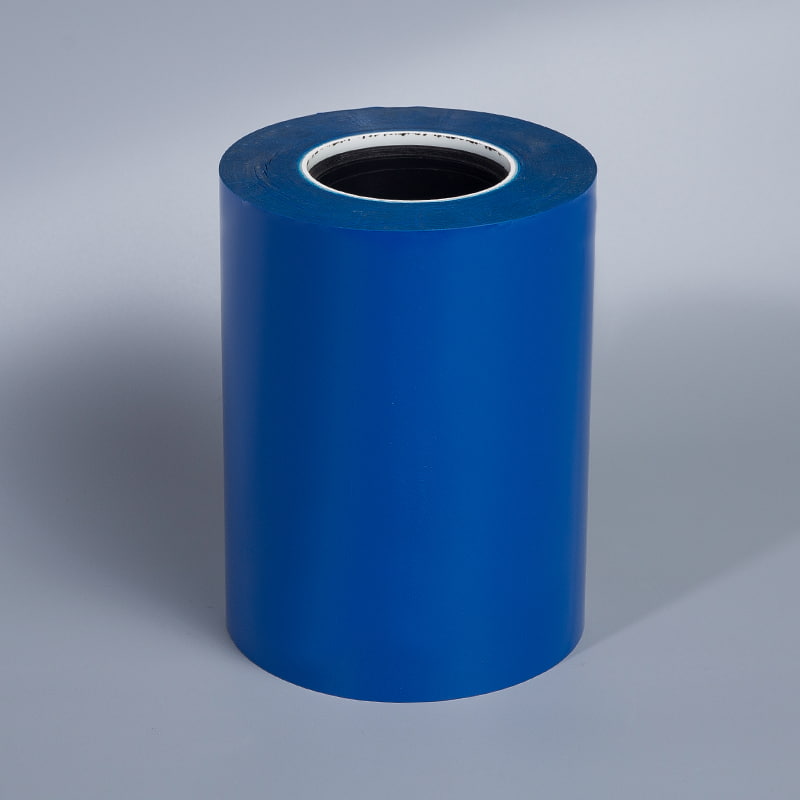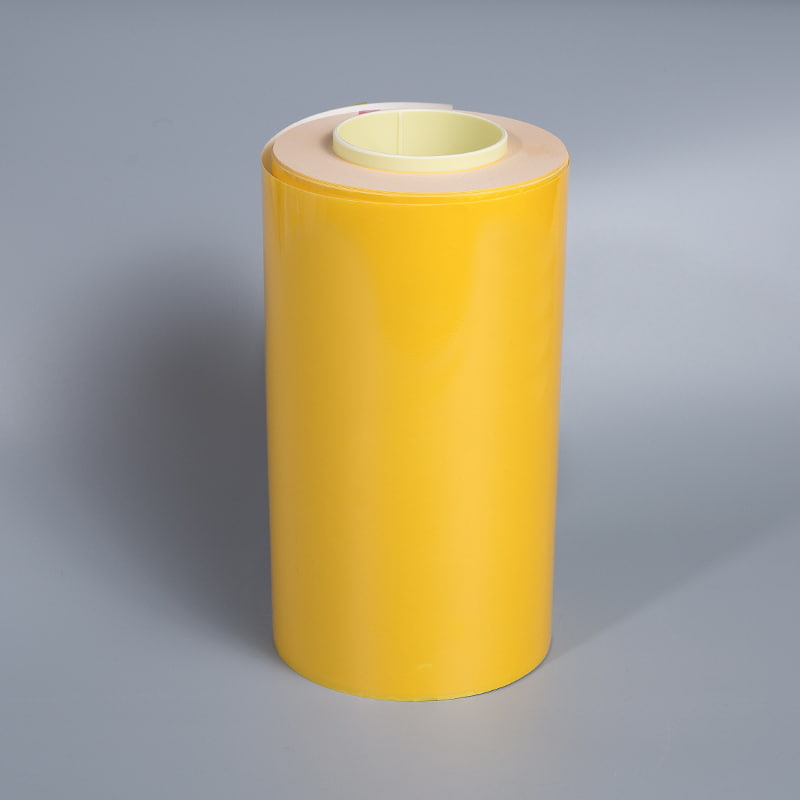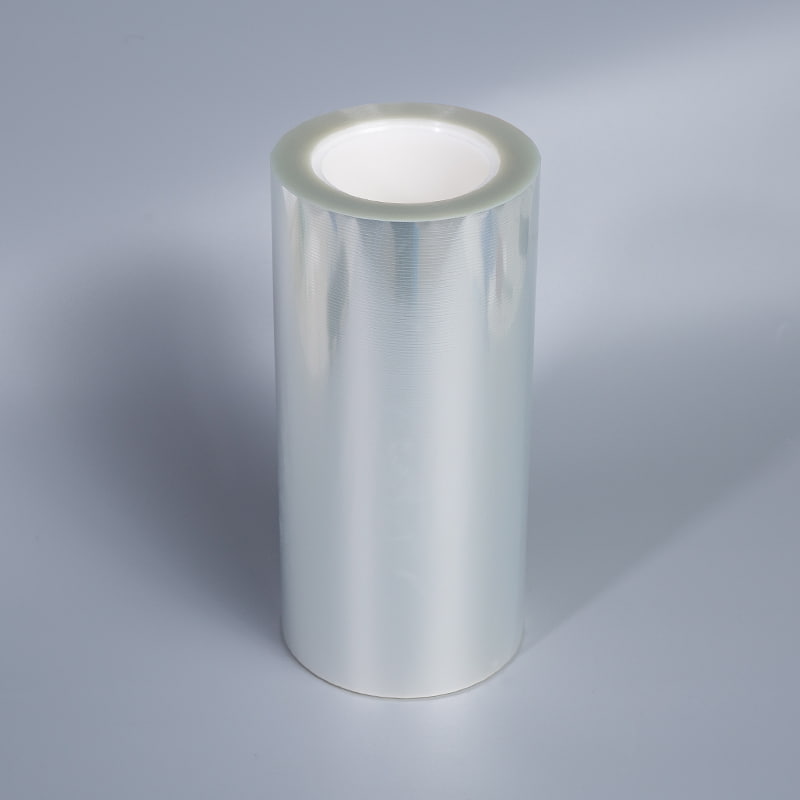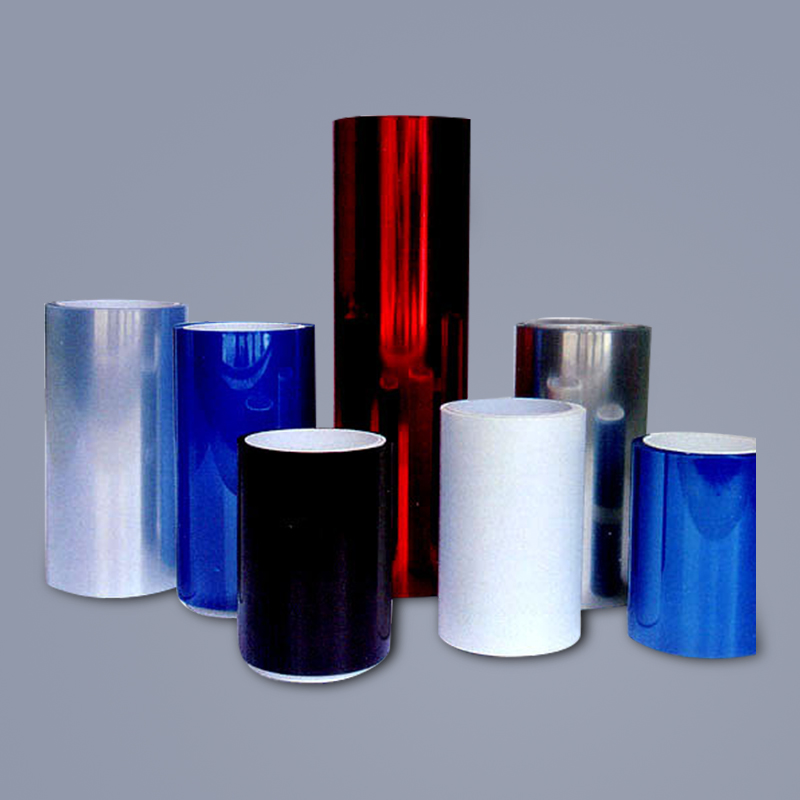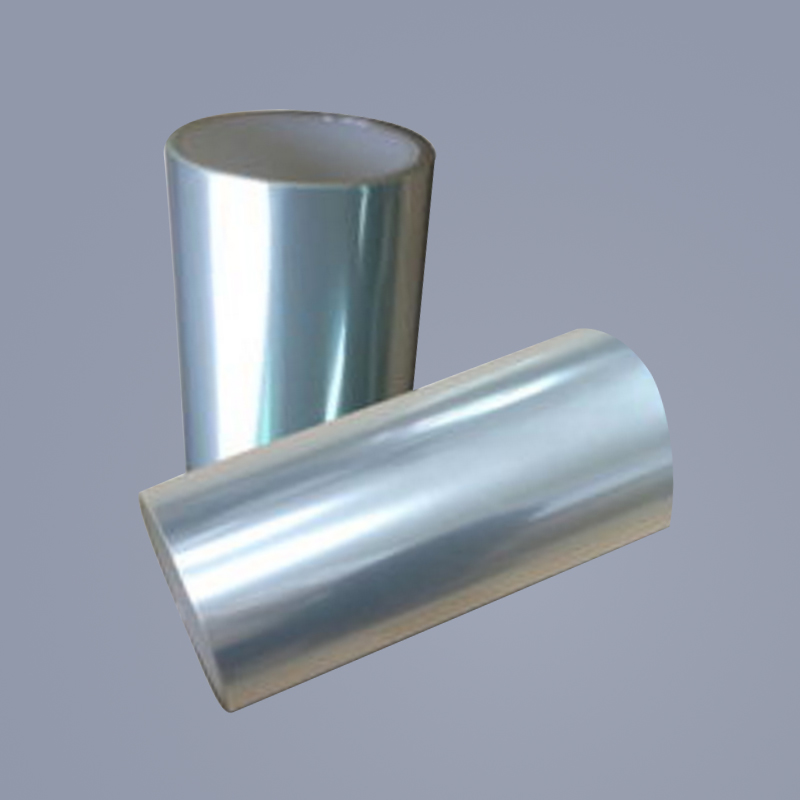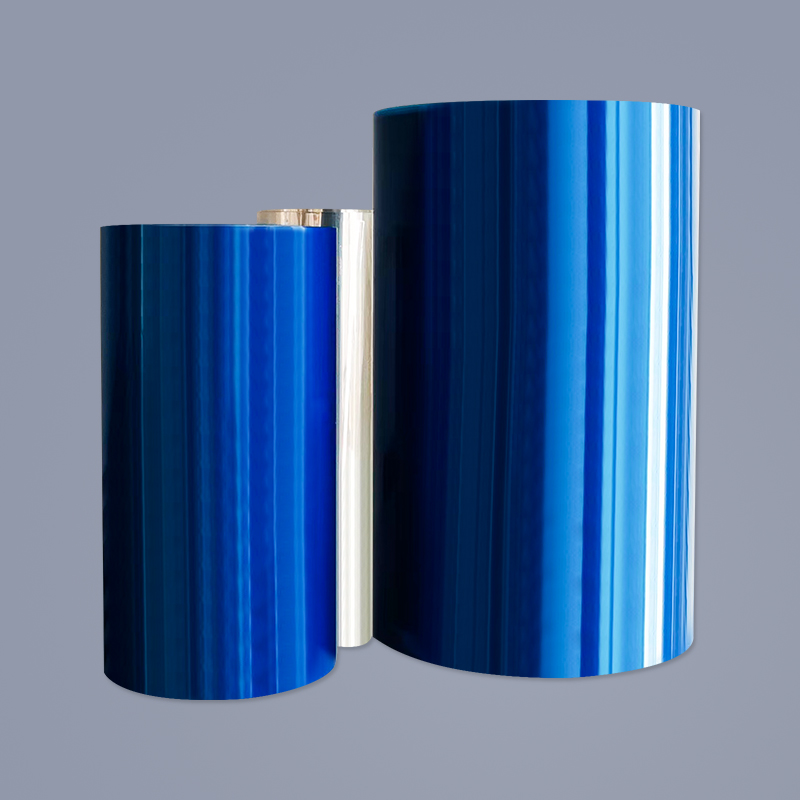In the world of heat transfer, adhesive applications, and decorative printing, the quality of the release liner is just as critical as the final product. PET Release Printed Films, made from durable polyethylene terephthalate, serve as an essential carrier for various materials, enabling precise transfer and clean separation. This guide provides an in-depth look at these versatile films, helping you understand their properties, applications, and how to choose the right one for your specific needs.
How to choose a PET release film
Selecting the correct film can significantly impact the success of your project, from print quality to the final product's durability. The choice often depends on a combination of factors, including the type of ink, the transfer process, and the desired finish.
Key Considerations for Selection
- Release Force: This is a critical factor, measured as light, medium, or heavy. A low release force is ideal for delicate transfers, while a higher force is needed for thicker inks or materials that require more support during curing.
- Surface Finish: The surface of the film directly influences the final look of your transferred material. You must decide whether a glossy or matte finish is desired for the end product.
- Film Thickness and Stability: Thicker films (e.g., 100 microns) offer greater stability and are less prone to stretching or curling during high-heat processes. Thinner films (e.g., 75 microns) are more flexible.
- Printing Method Compatibility: Ensure the film is formulated to work with your specific printing method, such as screen printing, gravure, or DTF (Direct to Film) technology.
Matte vs glossy PET release film: A Detailed Comparison
The choice between a matte and a glossy finish is one of the most common decisions in material selection. Both offer distinct advantages and are suited for different applications.
A glossy film, often referred to as a "hot peel" film, results in a vibrant, shiny finish on the transferred image, making colors appear more saturated and eye-catching. In contrast, a matte film produces a more subdued, non-reflective finish, which can give a professional and sophisticated look. While glossy films can sometimes show imperfections like small bubbles or wrinkles more easily, matte films are more forgiving in this regard.
| Characteristic | Matte PET Release Film | Glossy PET Release Film |
| Final Finish | Non-reflective, soft look | High-sheen, vibrant look |
| Aesthetic | Professional, subdued | Bold, saturated |
| Best Use Cases | Textile prints for a soft, vintage feel; products where glare is undesirable | Vibrant logos, decals, and designs; applications requiring a shiny finish |
PET film for DTF printing
Direct to Film (DTF) printing is a rapidly growing technology in the textile industry, and PET film for DTF printing is its cornerstone. This specialized film is designed to withstand the high temperatures of curing and heat pressing while providing a flawless release of the printed image onto fabric.
Why PET Film is Ideal for DTF
- Heat Resistance: The film must remain dimensionally stable and not warp or melt under the high temperatures of the DTF curing oven and the subsequent heat press.
- Perfect Powder Adhesion: The anti-static properties and specialized coating on DTF films ensure the precise application of hot-melt powder, which adheres only to the ink and not to the unprinted areas.
- Clean Release: The silicone or non-silicone coating allows for a smooth, clean release of the film from the fabric without leaving any residue, ensuring the integrity of the design.
PET film vs TPU release film: Which is Right for You?
While PET is a widely used material, TPU (thermoplastic polyurethane) release films offer a different set of properties that may be more suitable for certain applications. Understanding the core differences is key to making the right choice.
The primary distinction lies in their flexibility and durability. TPU is known for its excellent elasticity and stretchability, making it the ideal choice for applications on flexible substrates like stretch fabrics. In contrast, PET is a rigid polymer that is highly stable and resistant to shrinking, which is a major advantage for precise, multi-color transfers. However, PET is not as eco-friendly as TPU, which is often considered a greener, more biodegradable alternative.
| Characteristic | PET Release Film | TPU Release Film |
| Flexibility & Stretch | Rigid, low stretch | Highly elastic, very flexible |
| Best for Substrates | Cotton, blends, stable fabrics | Stretch fabrics like spandex, athletic wear |
| Durability | High heat and chemical resistance | Excellent abrasion and tear resistance |
| Environmental Impact | Recyclable, but not biodegradable | Often biodegradable, more eco-friendly |
Common Applications of PET release film
The versatility of PET Release Printed Films makes them a staple across numerous industries. They are not limited to just textiles and can be found in a wide variety of products we use every day.
Diverse Industry Uses
- Heat Transfer Printing: The most common application, including textile printing, custom apparel, and decorative heat transfers.
- Screen Printing: Used as a carrier for temporary tattoo decals, ceramic decals, and other screen-printed images.
- Adhesive Tapes and Labels: Serves as a protective liner that keeps the adhesive from sticking to itself before application.
- Laminating and Packaging: Provides a temporary protective layer during the manufacturing and shipping of various laminated products.

Conclusion
Whether you are in the custom apparel industry or manufacturing high-tech components, understanding the nuances of PET Release Printed Films is crucial. By considering factors like release force, finish, and material compatibility, and by understanding the differences between materials like PET and TPU, you can select the perfect film to ensure clean transfers and a high-quality final product every time.


